How to Avoid Getting Sick at Work
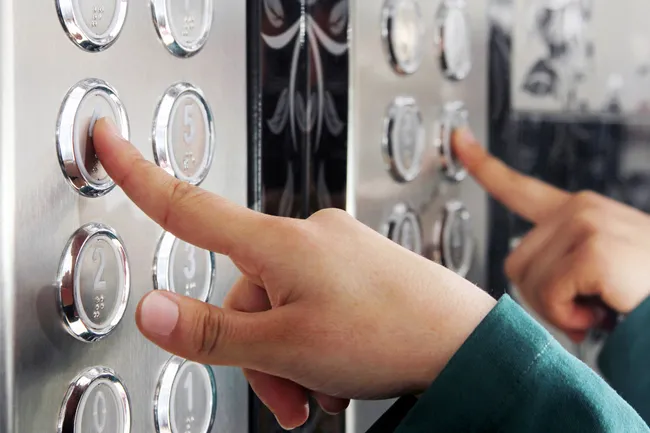
Elevator Buttons
How many people do you think press the "going up" and "going down" buttons to call the elevator every day? What about the "Lobby" button inside? A lot, that's how many. So they have more germs than other places. You could use your elbow to choose your floor, though you might get some funny looks. Or after you push the button, give your hands a quick wash with alcohol-based sanitizer during your ride.
Swipe to advance

2
/
15
Door Handles
Everyone uses them to get around your workplace. The more people that do, the larger the variety of germs that can pass from person to person among you all. Wash your hands regularly with soap and warm water for at least 20 seconds to help stop the spread. You can ask the cleaning staff to wipe down and sanitize the door handles, too.
Swipe to advance

3
/
15
Desktop
It's got far more germs -- about 400 times more -- than a toilet seat. That's about 21,000 bacteria, viruses, and fungi per square inch. As you've probably noticed, these little guys travel most often on your hands, moving to and from things as you touch them. That's why washing your hands often is key to stopping the spread of infections.
Swipe to advance

4
/
15
Keyboard
You probably sneeze on it, eat over it, and spill drinks on it. And you never clean it. Ever. Even after that time you had to check an important email in the middle of a cinnamon twist. You know who likes the sticky fingerprints and crumbs you left on the keys? Germs. And if you share a keyboard with your co-workers, it could be even worse. Each person adds their own oil, grime, and meal tidbits.
Swipe to advance

5
/
15
Telephone
Your office phone may be even worse than your desktop, with an average of 25,000 germs per square inch. Wipe the phone down a few times a day with sanitizer, especially if other people also use it.
Swipe to advance
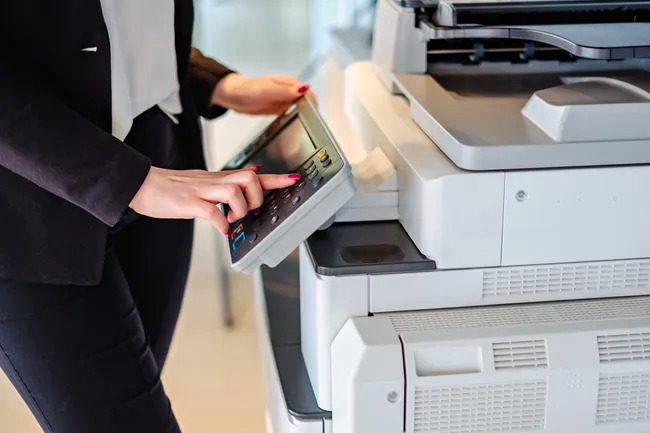
6
/
15
Office Equipment
Germs can hide and thrive on the buttons of the printer, copier, fax, postage meter, and other devices. People rarely think to clean them. Put some sanitizing wipes nearby to remind yourself each time you use a machine.
Swipe to advance
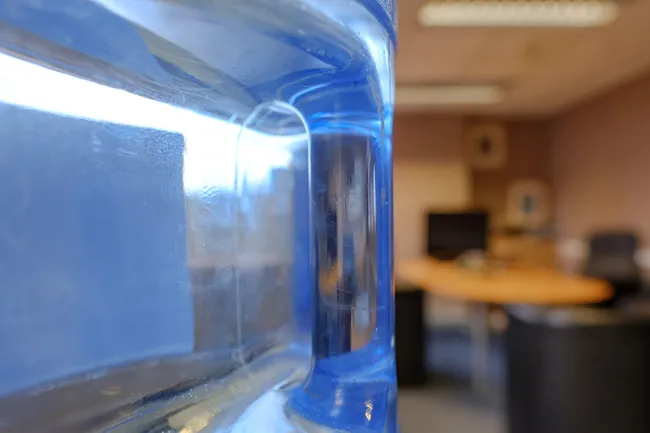
7
/
15
Watercooler
To fill your glass, typical office water dispensers aren't "safer" than regular tap water. Germs can get on bottles during transport and delivery. And people touch the cooler to get their water, sometimes several times a day. To avoid illness during cold and flu season, you could bring your own water from home or buy it in bottles.
Swipe to advance

8
/
15
Coffee Maker
It's not always clear who's in charge of cleaning shared spaces. Start here if you decide to volunteer. Bacteria love to grow in the damp, dark insides of these machines. Fill it with 4 cups of plain white vinegar, and let that stand for a half-hour. Then let it run through, followed by three cycles of water, or until you don't smell the vinegar.
Swipe to advance
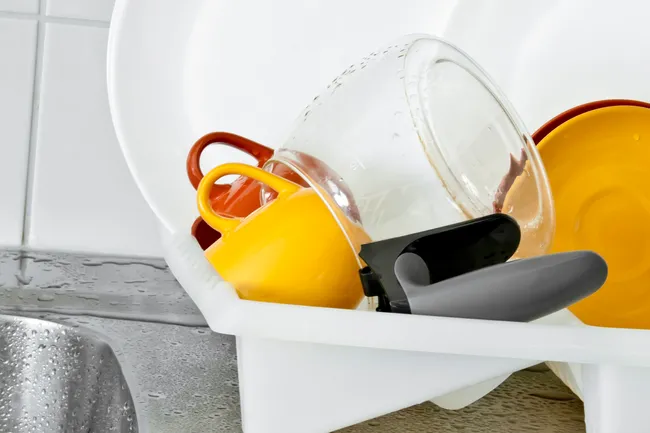
9
/
15
Coffeepot
It's not only the coffee maker that collects germs. Even when the pot gets washed out -- as it should on a daily basis -- the handle is often overlooked. And that's the part you're most likely to touch.
Swipe to advance

10
/
15
Coffee Mugs
They may seem safe to share, especially when they're washed and dried, but one study found that 90% had significant germs, some with "fecal matter" (that's "poop" to you and me). The problem probably isn't the cups themselves, or the people who use them. Odd as it sounds, it likely comes from when you try to clean them with less-than-pristine supplies in a common kitchen area.
Swipe to advance
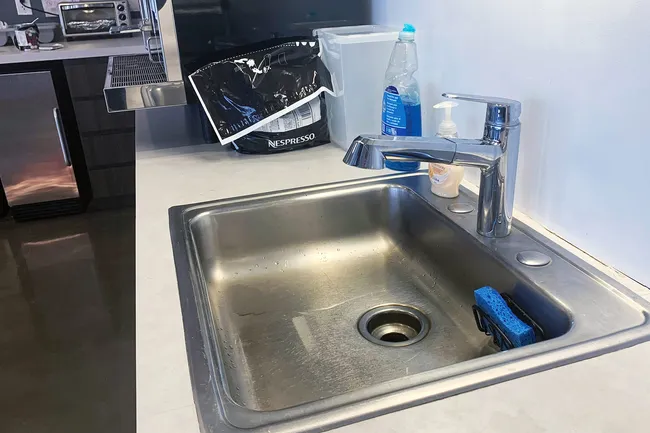
11
/
15
Sink
Just as in your home, the large variety of hands and food makes it a magnet for bacteria and other germs. The part you touch most -- the faucet handle -- often has the most. Because everyone touches it.
Swipe to advance

12
/
15
Kitchen Sponge
It's wet and absorbent, perfect if you want to collect and nurture germs. Most new sponges will have bacteria like E. coli and salmonella within 3 weeks. And when people use the sponge during the day, they transfer its germs to other parts of the office (including coffee cups). Just 2 minutes in the microwave kills most things. Try to do that once a day, and replace the sponge every 2 weeks.
Swipe to advance

13
/
15
Microwave Door
So many people heat up their lunch in these magical machines. And each person has to touch the door several times to open and close it, putting food in and taking it out. That handle is often one of the dirtiest spots in an office. About half tested in a large study had high levels of a chemical linked to living organisms. Add it to your list of places to hit with a sanitizing wipe now and then.
Swipe to advance
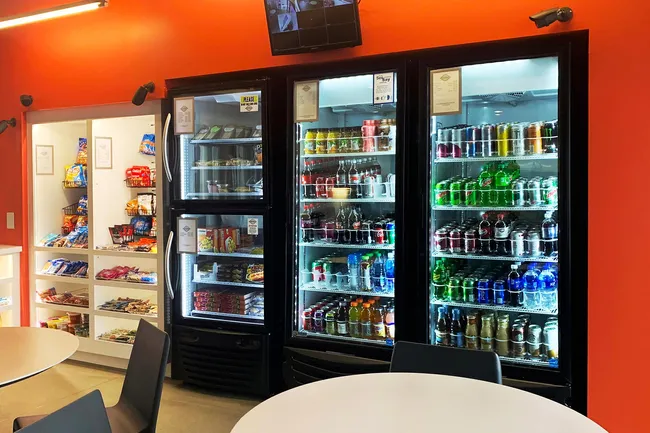
14
/
15
Vending Machines
Eating prepackaged food doesn't solve the problem either. That same study found the buttons on around 1 in 5 food machines were likely to pass along illness-causing germs. (And refrigerator door handles about one-fourth of the time.) Still more don't rise to that level but could be cleaner. You probably don't think about these surfaces as food prep areas, but you should treat them that way.
Swipe to advance
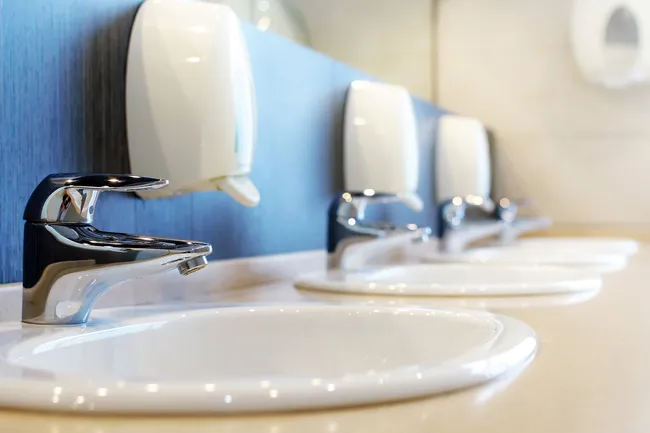
15
/
15
Restrooms
Germs like E. coli bacteria can cover the office bathroom. Even getting your hands clean can be hard because the faucet handles may be especially dirty. You could hold a paper towel in your hand when you turn the water on and off, as well as when you push the handle to flush the toilet.
Swipe to advance
- Get link
- X
- Other Apps